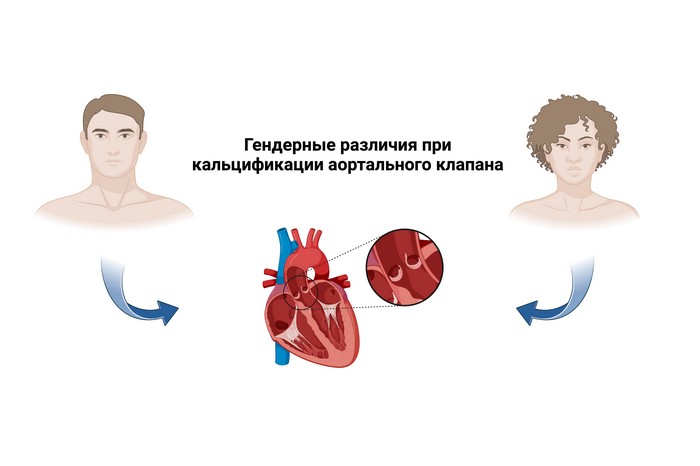
Scientists at the Research Laboratory of Excessive Calcification Diseases of the WCRC for Personalized Medicine have shown for the first time that there are significant gender differences in aortic valve calcification.
The scientists conducted a series of experiments to study gender differences in aortic valve calcification. By analyzing clinical and histological data, they found that there are significant gender differences in the indicators of inflammatory processes in the valve leaflets, as well as in the rates of peri- and postoperative complications and mortality. The study included 21 experiments involving 10 males and 11 females using a platform designed to study osteogenic differentiation. The collected data was subjected to multi-omics analysis for additional information.
Aortic stenosis (AS) is more common in men, especially in younger patients (linked to bicuspid aortic valve), while after 75 years of age, the female sex seems to be more prevalent. The male sex is a non-modifiable risk factor for the development of AS. Although the articles highlight gender differences in the processes of aortic valve calcification, the ultimate effect of gender on pathogenesis remains uncertain. It is worth noting that postoperative outcomes differ between men and women, with better survival observed in men after aortic valve replacement and in women after transcatheter aortic valve implantation (TAVI).
To learn more, please read the news of the WCRC for Personalized Medicine.
